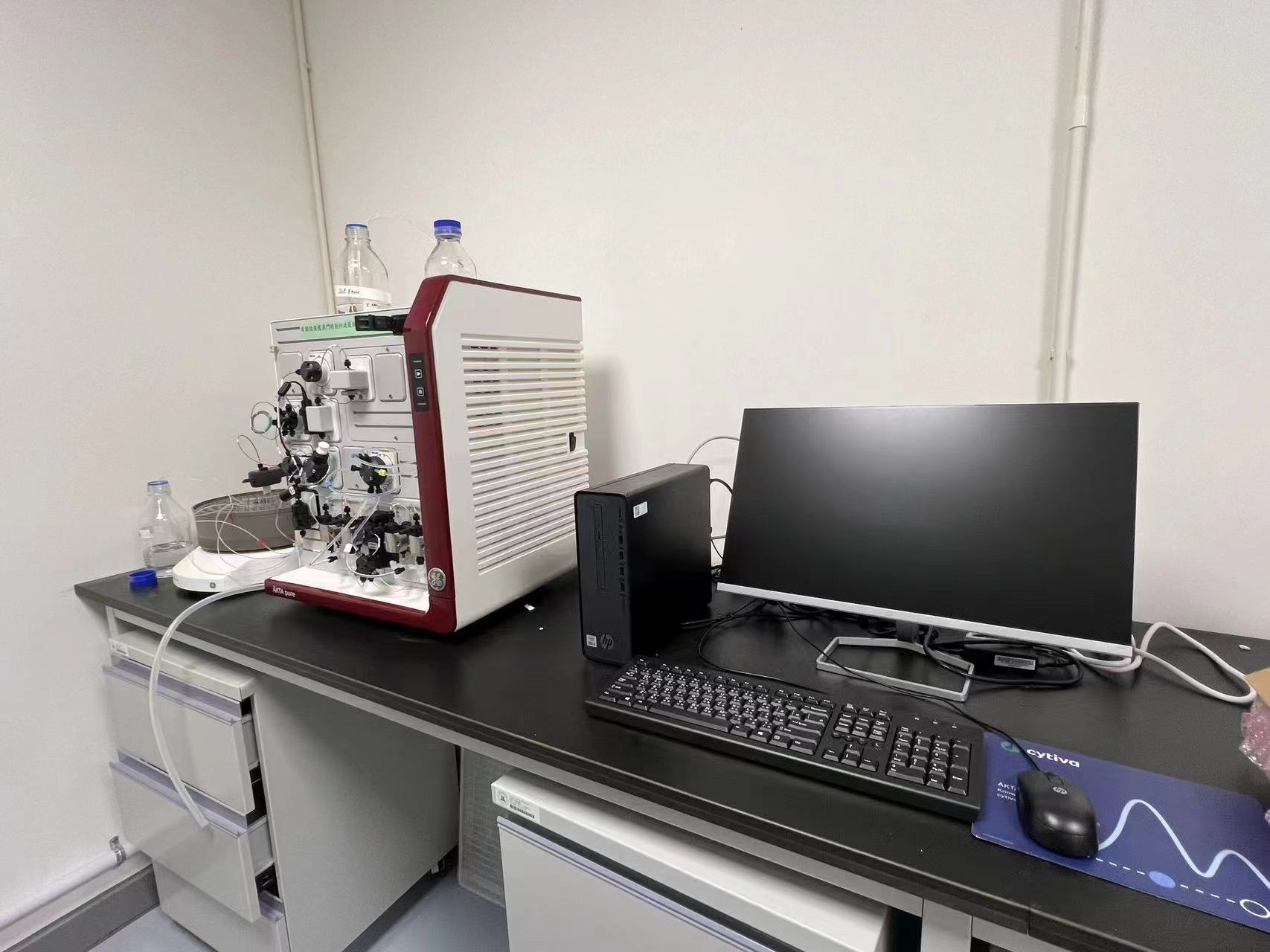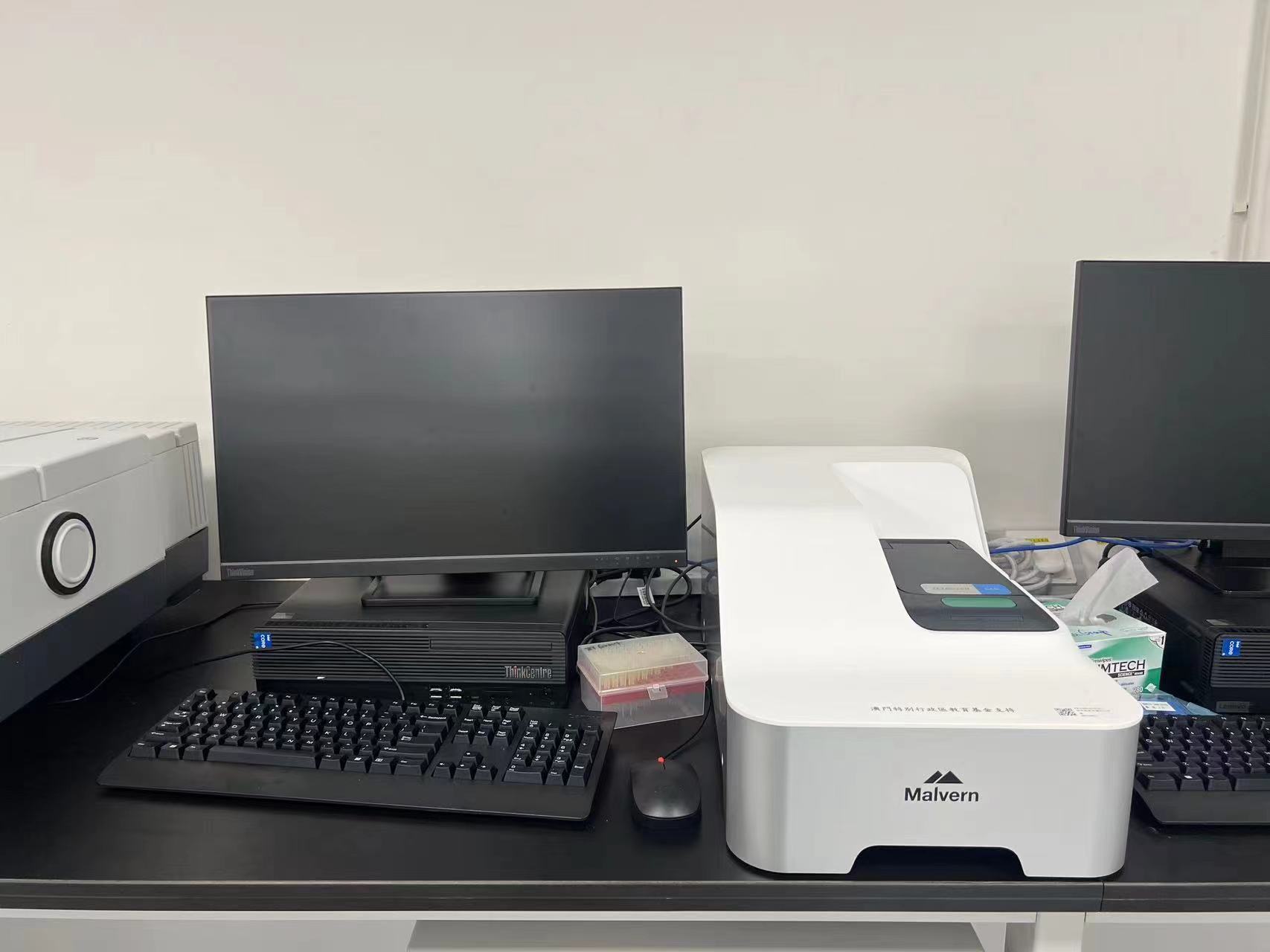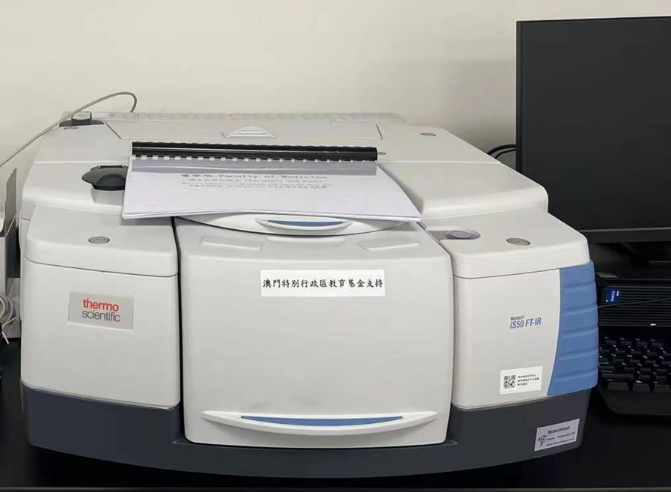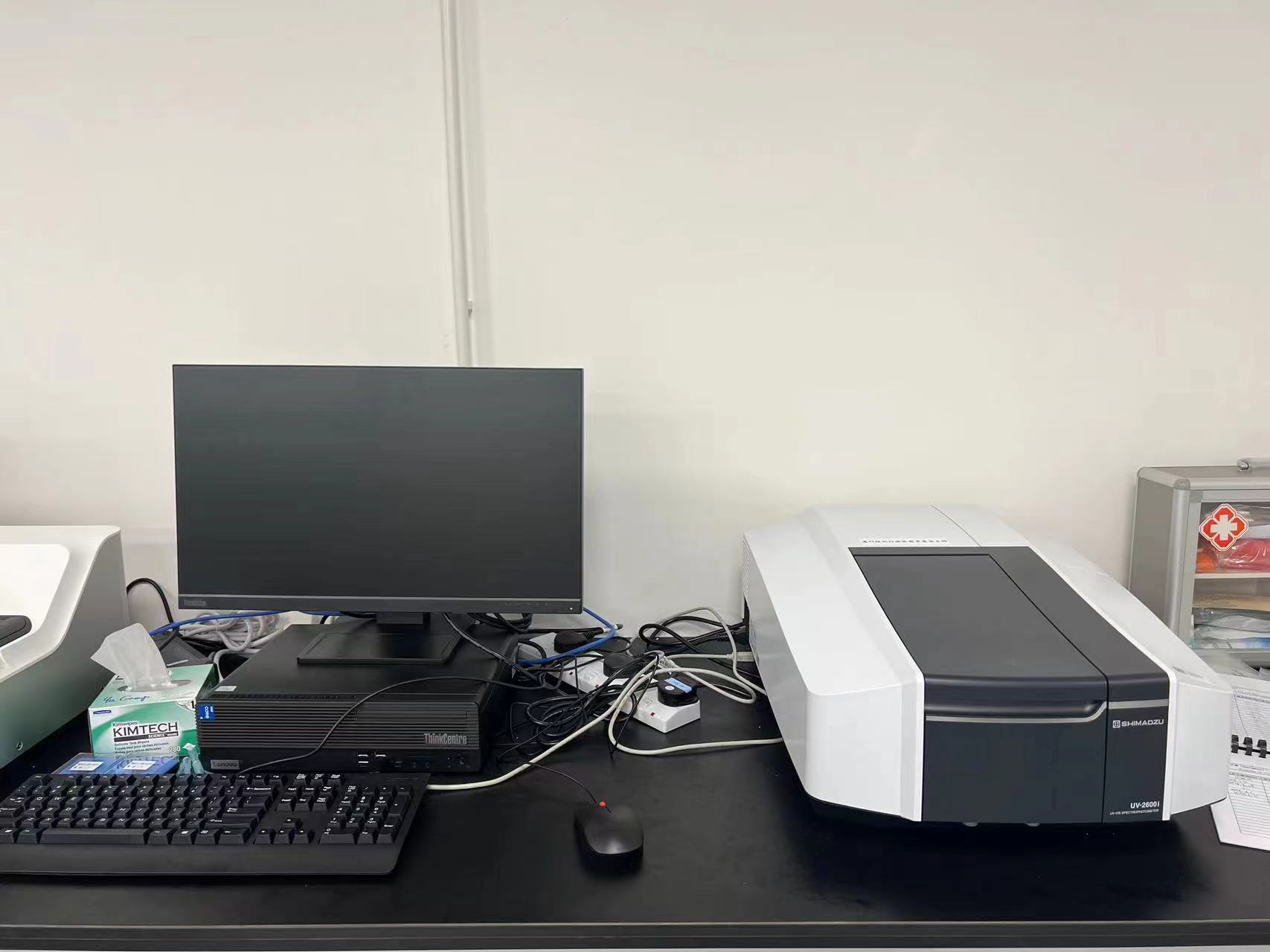Molecules Core Facility
The Molecules Core Facility is dedicated to advancing research through the use of sophisticated molecular and biochemical techniques. This laboratory provides researchers with the tools necessary to interrogate complex intracellular signaling networks, protein interactions, and the molecular mechanisms underlying biological processes. By supporting investigations at the molecular level, the facility plays a key role in studies ranging from basic biology to the development of therapeutic strategies and innovations in food science.
The facility’s advanced biochemical tools allow for the detailed study of food components such as proteins, lipids, and carbohydrates. Researchers can explore food quality, safety, and the molecular basis of taste, texture, and nutritional content. This research is vital for the development of functional foods, food preservation methods, and the creation of healthier, more sustainable food products.
Capabilities and Equipment
Protein Purification and Analysis
The facility is equipped with advanced instrumentation for protein purification and characterization, crucial for studying protein structure, function, and interactions, which are also applicable to food proteins, including their extraction, modification, and functional properties:
GE Healthcare ÄKTA® pure 150L Protein Purification System This cutting-edge system offers versatile, high-performance protein purification using a range of chromatographic techniques, including ion exchange, size exclusion, and affinity chromatography. It supports high-throughput and large-scale protein purification, ensuring researchers can isolate proteins with high purity and yield. The ÄKTA® pure system is ideal for projects involving recombinant proteins, antibody production, and protein complexes, as well as the study of food proteins and their interactions with other components.
This cutting-edge system offers versatile, high-performance protein purification using a range of chromatographic techniques, including ion exchange, size exclusion, and affinity chromatography. It supports high-throughput and large-scale protein purification, ensuring researchers can isolate proteins with high purity and yield. The ÄKTA® pure system is ideal for projects involving recombinant proteins, antibody production, and protein complexes, as well as the study of food proteins and their interactions with other components.
Small Particle Analysis
The ability to analyze the size, charge, and distribution of small particles is crucial for fields such as drug delivery, nanotechnology, and materials science. In food science, these capabilities allow researchers to study food emulsions, liposomes, and nanoparticles used in food formulations and packaging:
Malvern Panalytical Lab Particle Size and Zeta Potential Analyzer This system provides precise measurements of particle size and zeta potential, allowing researchers to characterize nanoparticles, liposomes, polymers, and other small particles in solution. In food research, particle size analysis is essential for studying the physical properties of emulsions, colloidal systems, and nanocarriers for food additives and supplements, while zeta potential analysis offers insights into their stability.
This system provides precise measurements of particle size and zeta potential, allowing researchers to characterize nanoparticles, liposomes, polymers, and other small particles in solution. In food research, particle size analysis is essential for studying the physical properties of emulsions, colloidal systems, and nanocarriers for food additives and supplements, while zeta potential analysis offers insights into their stability.
Spectroscopy and Molecular Characterization
In addition to protein and particle analysis, the facility offers advanced spectroscopic tools for the detailed characterization of biomolecules and small particles, which are also applicable in food science for studying chemical changes and ingredient interactions:
FTIR Spectrophotometer (Fourier Transform Infrared Spectroscopy)

FTIR spectroscopy is a powerful technique for analyzing molecular structure, functional groups, and chemical bonds in proteins, lipids, nucleic acids, and other biomolecules. In food research, FTIR is used to assess the composition of food ingredients, monitor changes during processing, and investigate food contaminants or adulterants.
UV-VIS-NIR Spectrophotometer
The UV-VIS-NIR spectrophotometer allows researchers to analyze the absorption and transmission of light across a broad wavelength range, from ultraviolet to near-infrared. This versatile tool is widely used for quantifying nucleic acids, proteins, and small molecules, as well as for studying the optical properties of nanoparticles and biomaterials. In food research, this technique is useful for assessing color, turbidity, and the chemical composition of food samples.






